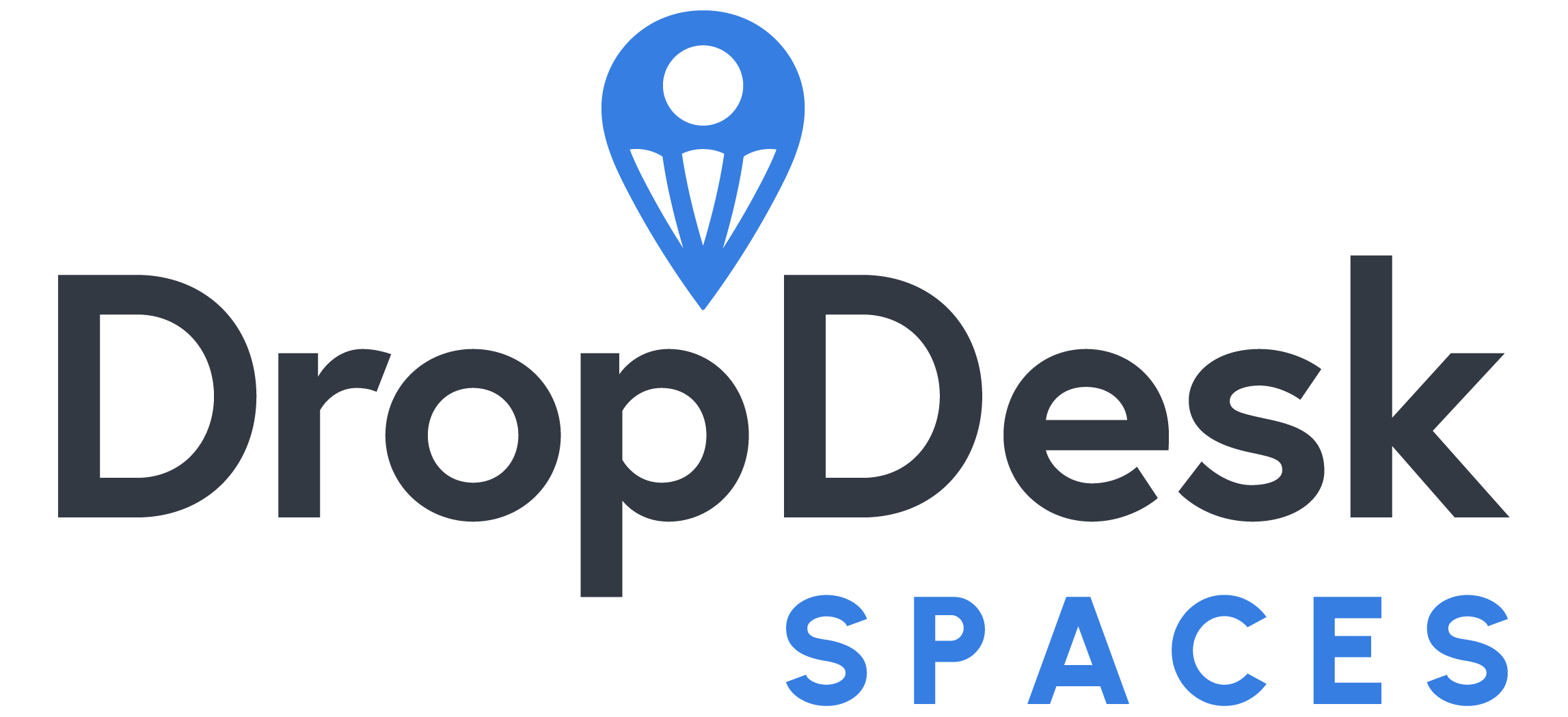Collaborative team rooms have become an integral part of modern work environments. They serve as hubs where ideas flow freely, encouraging teamwork and innovation. As businesses evolve, creating a space that fosters collaboration becomes even more significant. A well-designed team room can break down communication barriers, making it easier for teams to share ideas, resolve issues, and work together towards common goals.
The aim of this discussion is to provide insights into creating an effective team room. Whether you’re setting up a new space or looking to improve an existing one, knowing what features contribute to a collaborative environment is key. Let’s explore how to design a team room that’s not only functional but also inspiring and adaptable to the needs of its users.
Understanding Team Room Needs
To create a team room that truly supports collaboration, it’s essential first to understand its core purposes and benefits. Team rooms are designed to bring people together, enabling them to brainstorm, discuss, and execute projects more effectively. The main advantage of having a dedicated space for teamwork is that it creates a focused environment, reducing distractions and promoting productivity.
Every team has its unique needs shaped by its work style, industry, and size. Understanding these needs is crucial. For instance:
– Consider how many team members will use the room regularly. Smaller groups might need intimate settings, while larger teams benefit from open, flexible layouts.
– Think about the type of work your team does. Creative teams might prioritize spaces for brainstorming, while technical teams need setups conducive to in-depth problem-solving.
Acknowledging these aspects helps in tailoring a room that enhances the experience for everyone. A clear grasp of the team’s daily operations will guide decisions on layout, amenities, and technology required to make the room not only a place of work but also a place of growth and innovation.
Essential Features for a Team Room
When it comes to setting up a collaborative team room, a few essential features stand out. These elements play a pivotal role in creating an environment where teamwork can flourish.
1. Layout: An open and flexible layout encourages interaction and movement. Consider movable furniture that allows the room to be easily reconfigured for different activities.
2. Furniture: Choose ergonomic furniture to ensure comfort during long meetings and work sessions. Adjustable chairs, standing desks, and writable surfaces like whiteboards or glass panels can enhance the room’s usability.
3. Technology: Integrate technology that supports communication and collaboration, such as video conferencing tools, large display screens for presentations, and reliable Wi-Fi. Ensure that these technologies are user-friendly, minimizing disruptions and maximizing efficiency.
By focusing on these foundational elements, you can create a space that is not only aesthetically pleasing but also functionally robust. The room should be a place where team members feel encouraged to participate and engage, all while having the tools they need at their fingertips.
Enhancing Collaboration Through Design
Design plays a big role in how a team room supports collaboration. Open spaces that allow team members to move around can foster spontaneity, as conversations and ideas are more likely to flow naturally when the physical space encourages it. Breakout areas provide an excellent option where smaller groups can engage in focused discussions without disturbing others. Including elements like partition screens can help define these areas without closing off the room entirely.
Consider letting in as much natural light as possible. It’s known to boost mood and energy, making for a more engaging atmosphere. Ergonomic furniture like chairs with lumbar support and height-adjustable desks ensure that comfort promotes productivity over long work sessions. Think about adding writable walls or spaces where visuals can be displayed and discussed easily. This enables collaboration through visualization.
The strategic use of color and materials can also impact team dynamics. Soft, neutral tones can create a calm environment, while pops of color may stimulate creativity. By aligning these elements with the team’s specific needs and culture, you can design a room that really makes interaction and cooperation second nature.
Technology Integration
In today’s work settings, technology is a catalyst for effective collaboration. Equip your team room with tools that make communication seamless. Video conferencing systems let remote teammates join meetings without a hitch, while smart boards and digital projectors provide dynamic ways to share ideas and data in real-time. Choose systems that are easy to operate, so all team members can use them confidently without technical hiccups.
Wi-Fi is the backbone of any tech-powered room. Reliable, high-speed internet ensures that connectivity issues do not interrupt productivity. When selecting technology, consider future needs and scalability. As teams grow or change, the technology should accommodate these transitions smoothly. Be sure to regularly update software and equipment to stay current with new innovations, keeping the collaborative process fresh and engaging.
Maintaining and Updating the Team Room
Maintaining the team room means not just keeping it clean, but also ensuring it remains functional and tailored to your team as it evolves. Regular assessments help spot the wear and tear that could affect your team’s comfort and efficiency. When teams feel their space is maintained, they know their organization values their productivity and well-being.
Feedback is a great tool here. Regular check-ins with team members about the room’s functionality can offer insights into how to improve it. Maybe the space needs more whiteboards, or perhaps the lighting should be adjusted. Incorporate constructive suggestions whenever possible.
Reassessing the room periodically ensures it continues meeting everyone’s needs. It’s about building a space where people can do their best work and feel comfortable doing it. This ongoing process of listening and adapting creates a dynamic environment where teams feel inspired and empowered to collaborate effectively.
Building the Ideal Space for Team Interaction
Building a well-thought-out team room is a tangible investment in fostering collaboration. The right blend of design, technology, and adaptability can transform a simple room into a hive of innovation and teamwork. By considering the layout, integrating supportive technology, and paying close attention to the needs and feedback of team members, you set the stage for productive and enjoyable teamwork.
To make the most of these spaces, incorporate elements that reflect your team’s unique character and work style. These environments not only support the tasks at hand but also motivate teams to think big and work harmoniously. Working together in a thoughtful space can pave the way for greater accomplishments and a more cohesive team dynamic.
To create an effective and collaborative space, it’s important to focus on the overall design and integrate technology that meets the team’s needs. If you’re looking for a flexible team room rental, DropDesk offers options that promote creativity and productivity, tailored to your specific goals. Contact us today to explore how the right space can support better teamwork and results.





